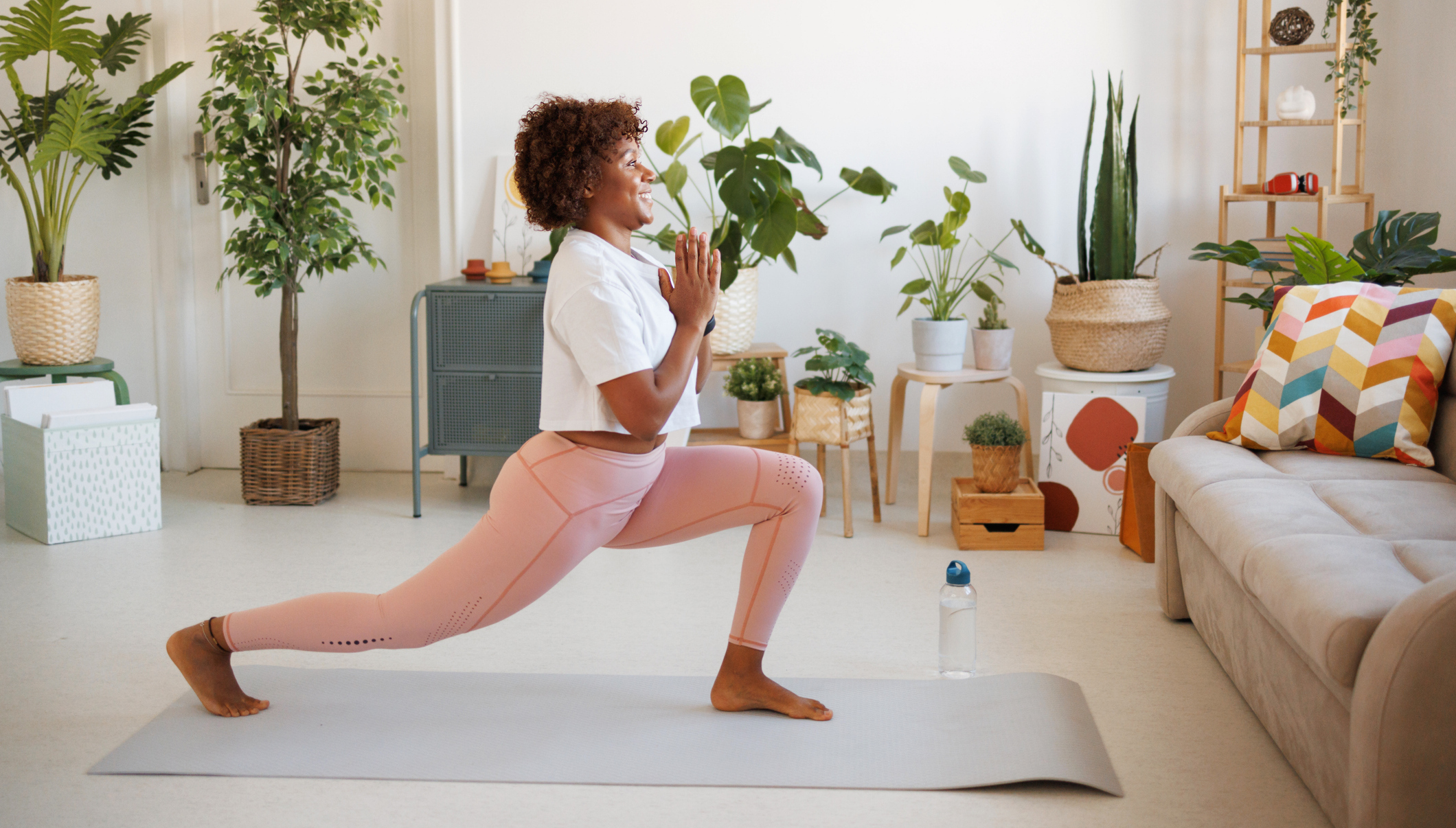I tried this yoga for calves routine and it relieved tightness and helped me avoid cramps
Improve blood circulation and release stiffness in your calves with this follow-along yoga routine

I like to think that my calves are pretty strong, since I regularly run, walk, cycle and do strength training, but I still get calf cramps, especially at night. While I also do yoga a couple of times a week, I don’t feel like I stretch my calves very much or pay them enough attention. So when I found this yoga for calves routine on Yoga With Adriene, one of my favorite yoga YouTube channels, I had to give it a try.
Adriene Mischler has a down-to-earth teaching style and her routines are always accessible, functional and restorative. She focuses on doing what feels right for your body and, with more than 12 million subscribers, this approach clearly strikes a chord.
"Add this practice to your repertoire to improve circulation, enhance mobility, prevent muscle cramps and risk of injury," writes Mischler in the video's caption. "Or if you participate in activities involving a lot of lower body exercise (i.e. running, hiking, soccer, etc.)!"
How to do Yoga With Adriene's yoga for calves
You don’t need any props or equipment for this 23-minute yoga practice, just a mat. This routine can be done at any time but could be particularly effective first thing in the morning when you're feeling stiff, or after a run or another activity that's hard on the legs.
The session is more than just a series of gentle stretches and mobility movements. It fired up, worked and stretched my calves and legs, and there were more challenging full-body poses too such as the plank.
The practice features poses such as downward-facing dog and forward fold which helped me stretch my calves out. Moving into the half splits felt familiar but Mischler’s addition of “tick-tocking” the foot from side to side was new and a revelation—there was so much sensation, as it stretched my calf from all angles. Wild thing offered something surprisingly different for the whole body. Repeating child's pose kept things feeling grounded and restorative.
After the session, my calves felt strong and supple, with no tightness. I could also feel the difference in my hamstrings and ankles which felt less tight than usual. That night I was not woken up by any painful cramps—result. When my calves are happy, I'm happy.
Start your week with achievable workout ideas, health tips and wellbeing advice in your inbox.
Why you should look after your calf muscles
Our calf muscles often get overlooked in favor of larger leg muscles such as the quads and hamstrings, and don't seem as important as our ab, back and shoulder muscles, but they deserve more attention. "The muscles of the calf are POWERFUL in aiding healthy body function," writes Mischler. "That is because they aid in the flow of blood, in an effort against gravity, from the lower body back to the heart."
"Stretch, flex, and increase your range of motion with this sweet and satisfying calf-focused session," writes Mischler. "Throughout this practice I will guide you through a variety of functional movements that will help you to release muscle stiffness in the legs and improve your blood circulation." That sounds like just what I need to avoid tightness and hopefully stop my calves from cramping up at night.
The comments on this video are full of appreciation from people whose calves needed a little attention, from cabin crew to runners and hikers, as well as people with tight or cramp-prone calves.
Camilla Artault is a fitness writer with a passion for running and yoga. She interviews experts and writes about a wide range of topics for Fit&Well encompassing health, fitness and nutrition.
